Russia’s dangerous disregard to the growing Iran-Israel war in Syria
Neil Hauer investigates Russia’s contribution to de-escalating tensions between Iran and Israel in Syria, which appears negligible at best, and actively antagonistic at worst
April was a busy month in Syria. As the Syrian government looked to wrap up its conquest of rebel enclaves near Damascus, the launching of an apparent chemical weapons attack brought international tensions to their highest point in a year. While worldwide attention briefly focused on a potential U.S.-Russia showdown, however, another confrontation was very rapidly gaining momentum: that of Iran and its Hezbollah allies against Israel.
Unlike Washington, Moscow has maintained strong relations with both Israel and Iran for the duration of the Syrian conflict, leading many to hope that it could prove a moderating influence on the two opposing powers. Following the last month’s events, however, it appears that the Kremlin is not incapable of such action, but may be increasingly falling into line with Tehran as Israeli airstrikes in Syria increase.
As Israel and Iran move closer to open conflict in Syria, Russia has tried to walk an ever-thinner line between the two. Russia spent the first four years of the conflict in a backseat role, supplying increasing quantities of arms to Syrian government forces (some of which ended up with Iranian proxies) without acting directly. Their September 2015 intervention and establishment of a joint operations room with Iran complicated matters, but a deconfliction line was set up with Israel to avoid incidents.
Israel’s red lines in Syria roughly comprise those outlined by a recent Crisis Group report, drawn from interviews with high-ranking Israeli personnel: no Iranian seaport; no Iranian airport; no permanent Iranian military base or presence of Shiite militias trained and commanded by Iran; and no high-precision missile factories. Russia, however, has done little to nothing to combat these, instead empowering the development of Iran’s Shiite militia network as a ground force to exploit Russian airpower against Syria’s rebels. Iran and Hezbollah also benefited incidentally from other aspects of Russia’s involvement, including through securing an overland route for arms deliveries from Iran to Lebanon.
Iran’s growing operations in Syria
The growing surety of the Syrian regime’s position throughout 2016 and 2017 enabled Iranian Revolutionary Guard Corps elements to shift increasing amounts of their attention towards Israel. Already by September 2017, Israel was disappointed with Moscow, seeing it as unable or unwilling to constrain Iran’s growing operations in Syria. The construction of an apparent new Iranian weapons facility near the western town of Masyaf that month was met with Israeli airstrikes. Satellite imagery in November revealed the ongoing construction of a major permanent Iranian base southwest of Damascus.
Suspected Israeli strikes and Iranian bases in #Syria pic.twitter.com/BsQ9vi5kvB
— Le Beck Int'l (@LeBeckInt) April 30, 2018
Despite the absence of any demonstrable attempts to restrain Iran and Hezbollah, however, Israel continued to place faith in Moscow’s abilities to do so, with Netanyahu describing his country’s relations with Russia in February as “excellent.”
This situation appeared to reach a turning point in February. Iranian infrastructure across the country had been developed significantly in previous years, but of a different nature. Much of what had been built to date was for short- or medium-term purposes to support regime offensives against rebel forces, exemplified by IRGC forward bases in southern Aleppo.
Following the capture of that city in December 2016 and with threats to the Syrian regime’s security decreasing, Tehran began to construct facilities for projecting power against Israel’s northeastern Golan frontier. The most prominent of these appeared to be at the T4 airbase in central Syria, where Syrian opposition website Zaman al-Wasl reported in December that Iranian personnel were to begin operating reconnaissance aircraft.
Two months later, on February 10, a drone launched from the facility crossed into Israeli airspace, followed by the downing of an Israeli F-16 by Syrian anti-aircraft fire after the latter was deployed in retaliation. This in turn prompted the largest Israeli Air Force operation since 1982, destroying up to half of Syria’s air defenses and hitting four Iranian-operated sites, including T4. Lost in all this was Moscow, which played no role in halting the escalation and merely called for “restraint from all sides” as the drama unfolded.
Israeli airstrikes target Iran
Russian efforts to de-escalate tensions in the following weeks were similarly feckless, despite Moscow’s deputy ambassador in Tel Aviv stating that Russia would “stand with Israel” were it attacked by Iran. The rhetoric between Israel and Iran, meanwhile, continued to skyrocket, with Israeli Prime Minister Benjamin Netanyahu calling Iran the “greatest threat to our world” while a former IRGC chief threatened to “level Tel Aviv” should Israel attack Iran. The tensions culminated in the aftermath of the April 7 chemical attack by the Syrian government on the rebel-held city of Douma.
Two days later, Israeli jets again struck the T4 airbase, killing seven IRGC members including a colonel affiliated with the Corps’ UAV unit.
This strike in particular revealed some deeply concerning aspects of Russia’s influence on the situation in Syria, and its relations with Israel in particular. For most of 2016 and 2017, T4 airbase served as a key forward base for Russia in its campaign against Islamic State, hosting numerous Russian aircraft and advisers. While most aircraft had been removed as the Syrian government recaptured the country’s east, an unknown number of advisers remained present at the base, a fact confirmed by the Russian Foreign Ministry’s statement that Israel’s April 9 strike did not harm any Russian servicemen.
Despite the presence of Russian personnel, it appears Israel did not even inform Moscow of the imminent strike: Kremlin spokesman Dmitry Peskov claimed there had been no contact with Israeli authorities, despite the deconfliction hotline the two sides had established for this very purpose. Some sources disputed this, reporting indications that the Russians had been made aware of the attack. What is certain is that no consultation occurred over the strike: at best, Moscow was made aware that Israel was taking military action, and left to observe. The Kremlin was again reduced to a bystander as active conflict erupted.
Alongside these developments elsewhere in the country, the most strategic region for any Iran-Israel clashes has unsurprisingly become a flashpoint as well: the area just east of the Israeli-occupied Golan Heights. Any Iranian and Hezbollah presence in the area was another red line for Israel, which launched its first cross-border strikes in November 2012. The killing of Hezbollah operative Jihad Mughniyeh, son of the organization’s former second-in-command Imad Mughniyeh, in the Syrian Golan in January 2015 revealed that the Iranian axis was making serious attempts to establish a forward presence in the area.

By May 2017, with the Assad regime ascendant on the battlefield throughout Syria, the country’s southwestern rebel-held region was declared one of four “de-escalation zones” guaranteed by Russia, Iran and Turkey. Russia promptly deployed military police to the area: one detachment was photographed in Quneitra in May, while in late July Moscow announced its military police had established “two checkpoints and ten observation posts” near the Syria-Israel line of contact, expressly stating that these forces would seek to prevent escalation in the area.
Despite this, Iranian expansion continued unhindered, with Israeli officials stating in September that Moscow had refused their request for a buffer zone near the border in which no Iranian forces would deploy. Russia reportedly belatedly agreed to restrain Iranian and Hezbollah presence in the Golan the next month, but seemed to make little effort to do so, as the IDF shot down Iranian drones attempting to enter Israeli airspace in September and November.
There is presently little to indicate that Iran has any interest in deescalating the current environment. Tehran’s strategic calculus is defined by a desire to build a region-wide infrastructure to confront Israel and U.S. interests. This much-vaunted “Shiite crescent” entails dominating Iraq, Syria, and Lebanon in order to project an arc of influence reaching the Mediterranean Sea. With the weakening of the Syrian government’s own position, largely supplanted by Iranian advisers and proxies, Tehran today holds more influence over Syrian territory than ever before.
The successful establishment of a land corridor from Iran to Lebanon, conquered and maintained by Tehran-backed Shiite militias, allows the clerical regime an unprecedented strategic depth. The consensus today is that the next confrontation between Hezbollah and Israel, if and when it occurs, will be fought against Iran as well, from both Syria and Lebanon.
Question of Russia’s influence
The present situation begs the question of what Russia’s goals and capabilities are in the context of the Israel-Iran confrontation in Syria. Clearly Moscow has thus far been incapable of restraining Iranian and Hezbollah forces, and it’s difficult to see how this situation could change. Perhaps deploying several thousand more military police to the Quneitra/Golan region could have an impact, but this would also entail a much more forceful confrontation with Iranian forces and their proxies than Moscow has risked to date.
Interestingly, there is much to suggest that Russia presently is beginning to side with Iran in the matter. The Russian Council for International Affairs, a prominent Kremlin-linked think tank, has pushed this line: one recent publication notes that Moscow does not take Israel’s concerns seriously, stating that Russia will no longer “act like a monkey that does not see and ignores [Israeli] strikes on Syria.” The author goes on to note that Israel must compromise with Russia, who should remind the former “which of these two states is a superpower.”

The recent reports of Russia planning to transfer the S-300 anti-aircraft system to Syrian government forces, finally fulfilling a contract initially agreed in 2010 but delayed precisely due to Israeli requests, suggests that Russia may seriously be willing to support Iran and Hezbollah to some degree as a measure of pressuring Israel. It gives the impression that Russia does not view an imminent attack by Iran and Hezbollah on Israel as a credible threat, a calculation that seems highly likely to lead to a major increase in conflict as Israel has indicated it will continue to ramp up strikes on Iranian positions.
In this context, Russia’s contribution to de-escalating tensions between Iran and Israel in Syria appears negligible at best, and actively antagonistic at worst.
The recent U.S. airstrikes on Syrian regime chemical weapons sites look to have further worsened relations between Russia and Israel, with Moscow’s hardening stance against what it calls a “hidden attempt to pressure Russia” inviting similar intransigence against Tel Aviv. The seemingly absurd claims by the Russian defence ministry about Syrian air defenses shooting down dozens of U.S. cruise missiles may mask a more serious desire to bolster Damascus’s (and by extension Iran and Hezbollah’s) capabilities in this field, irritated by the freedom of action the U.S. and Israel have exercised to date in Syria.
These are ominous signs as Israel continues to discuss its willingness to escalate, with an influential former Israeli general warning that additional Iranian weapons and personnel shipments to Syria will “lead to a bloody war.”
A series of April 29 Israeli airstrikes on yet another new target, this time a missile base in Hama province, proved that cooler heads are not prevailing. Barring an alteration of Russian policy, it appears Moscow is ready and willing to build towards a devastating collision between Israel and Iran in Syria.

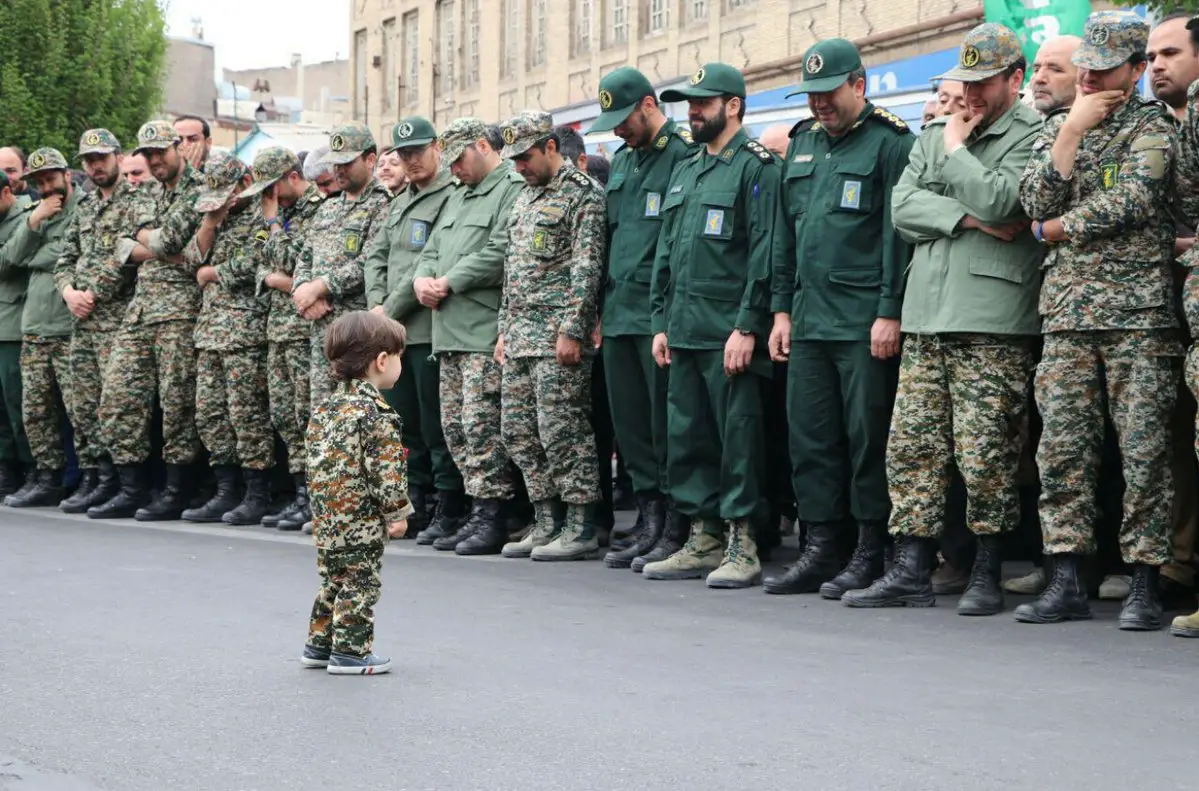
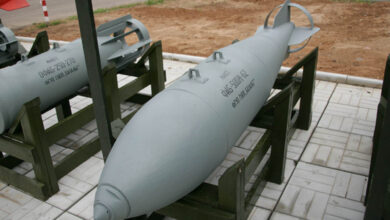
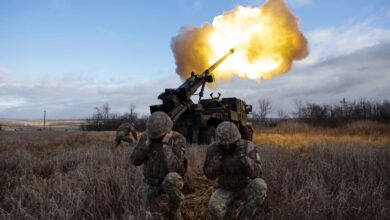
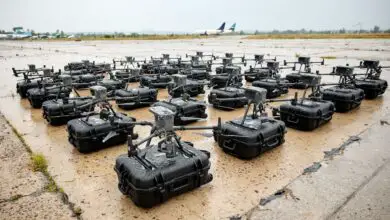
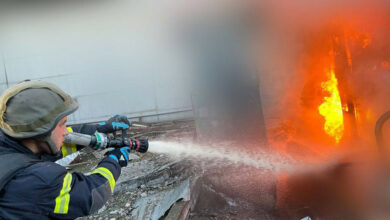
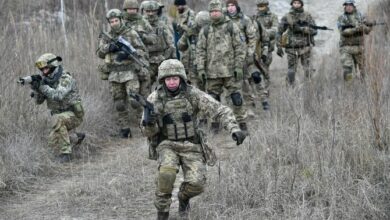
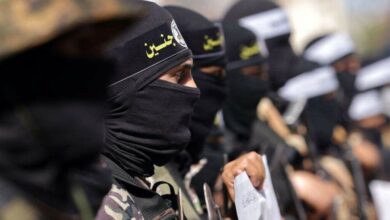

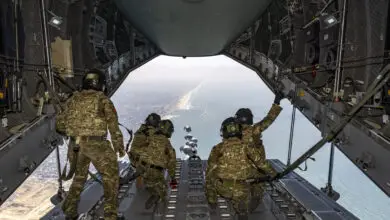
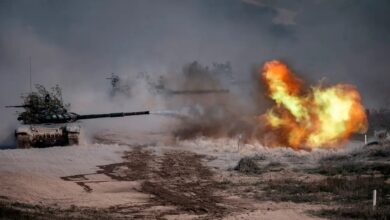
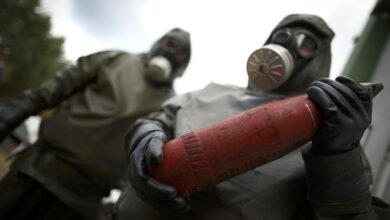
4 Comments